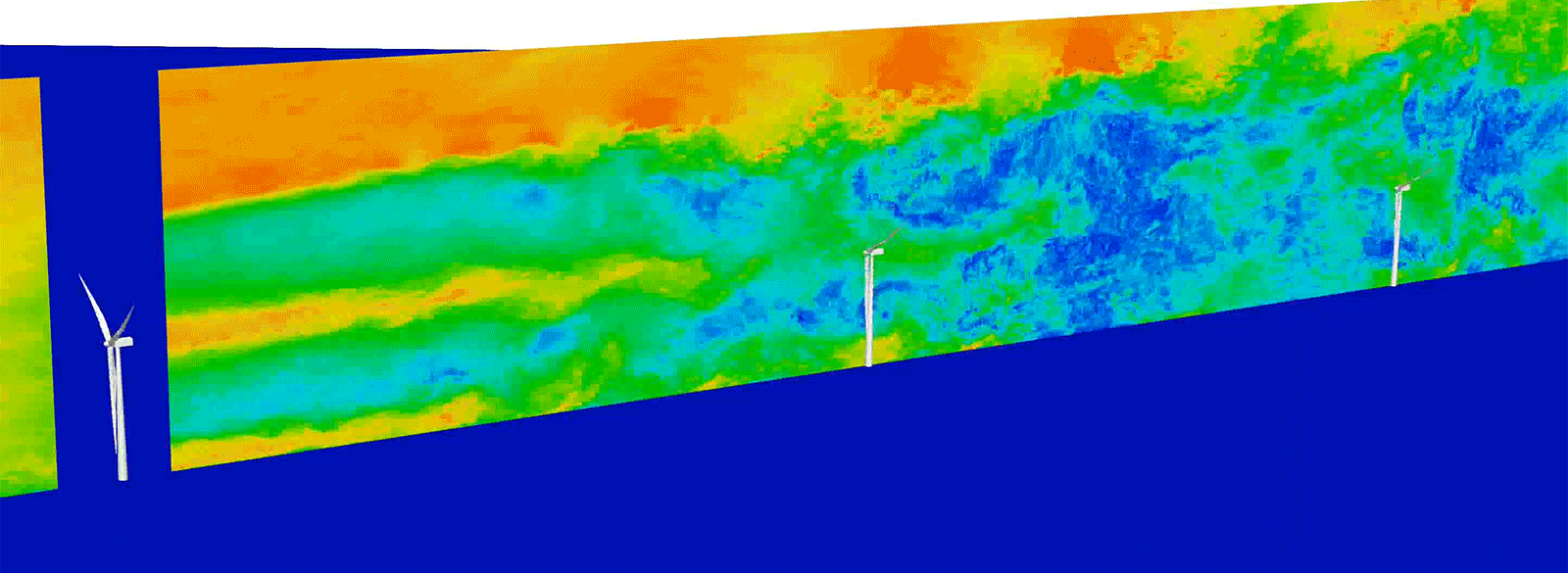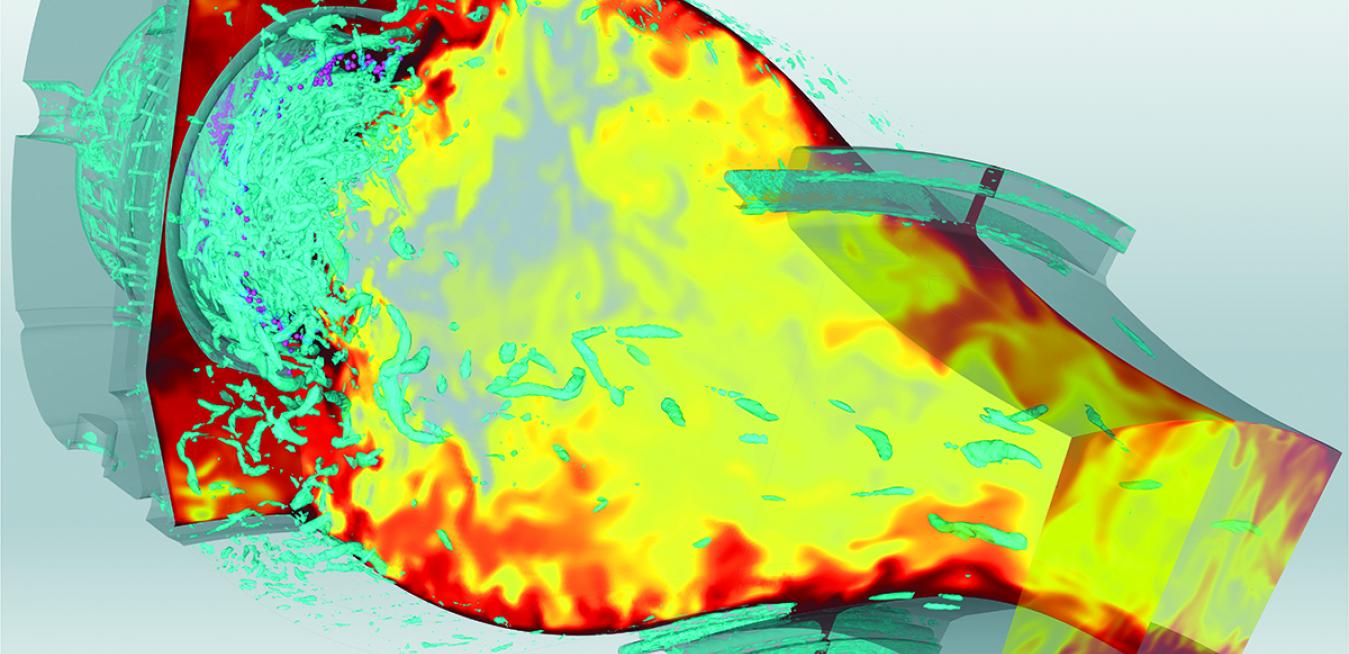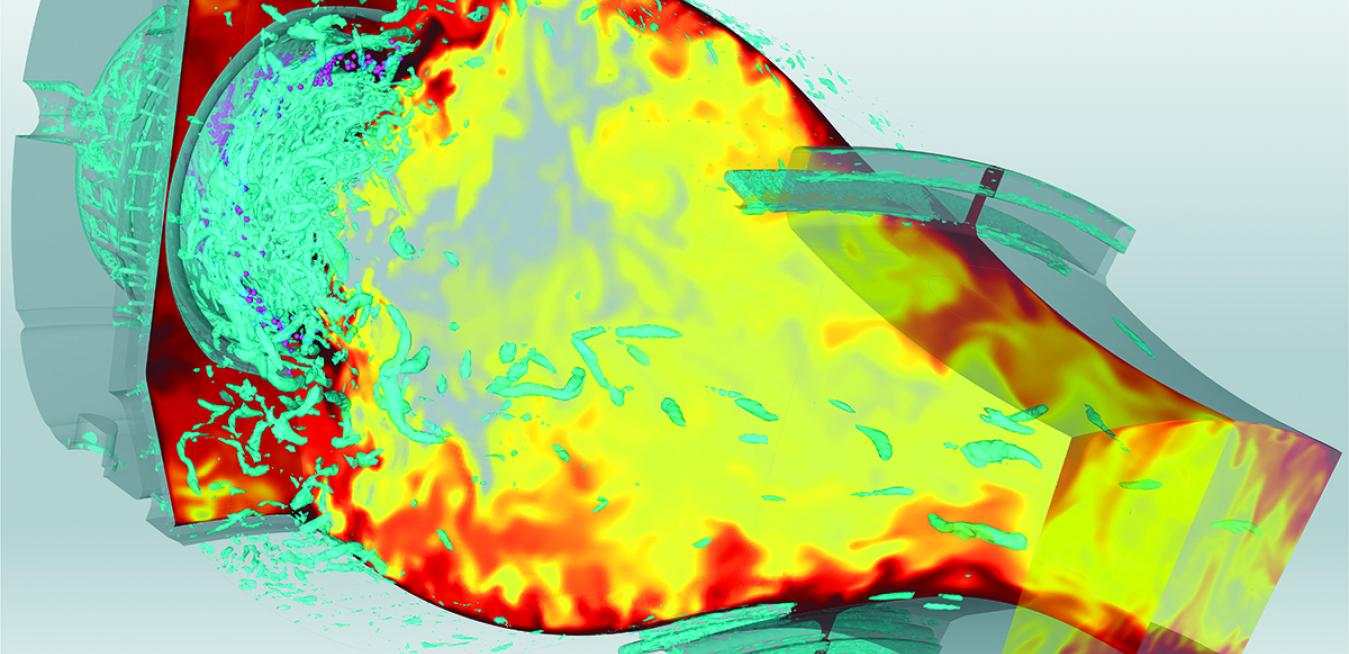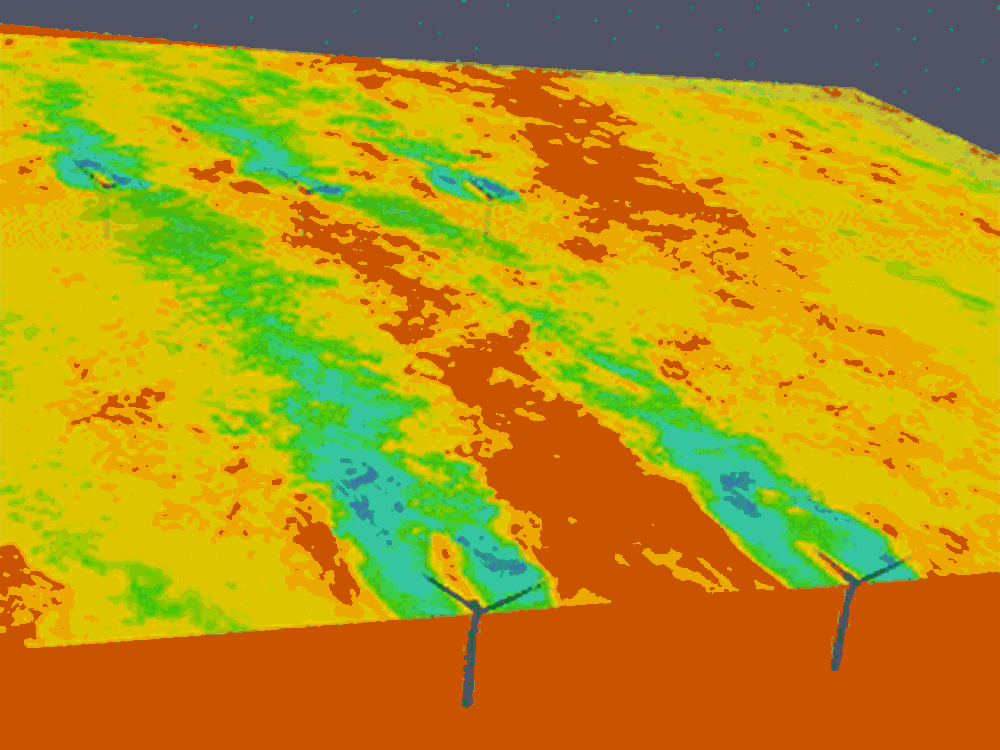At its theoretical peak, the Summit supercomputer at the U.S. Department of Energy’s Oak Ridge National Laboratory in Oak Ridge, Tennessee, can calculate in one second what it would take the entire human population 305 days to do. That formidable mathematical horsepower comes in handy when modeling highly complex systems — such as how gusty sea winds hamper the performance of powerful offshore wind turbines.
Doctors, nurses and other essential workers have been playing a key part in the battle against the coronavirus epidemic. But computer scientists are also pitching in.
Stroll behind a spinning wind turbine on a blustery day and the breeze washing over you slows noticeably as the turbine blades pull energy from the moving air. While that’s no surprise, the full extent of a modern turbine’s wind-dampening wake is little short of mind-boggling. According to a new paper in the journal Nature Energy, today’s giant turbines can cause detectable decreases in wind speeds up to 30 miles away, siphoning energy and revenue from neighboring wind farms.









